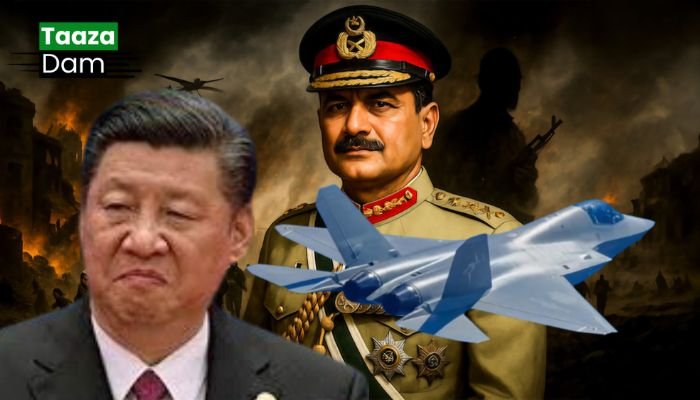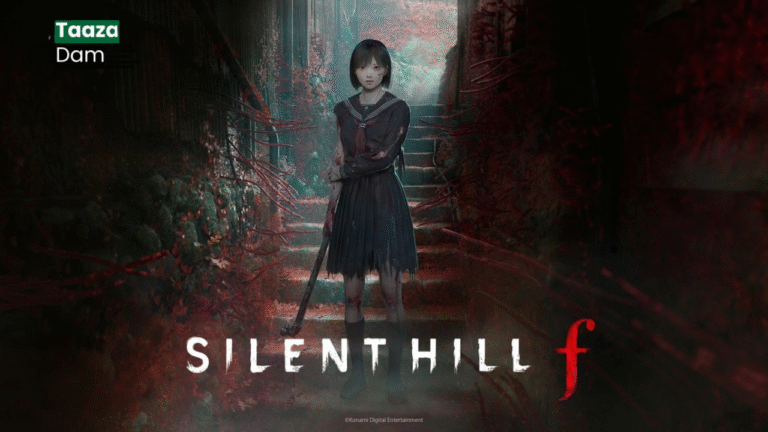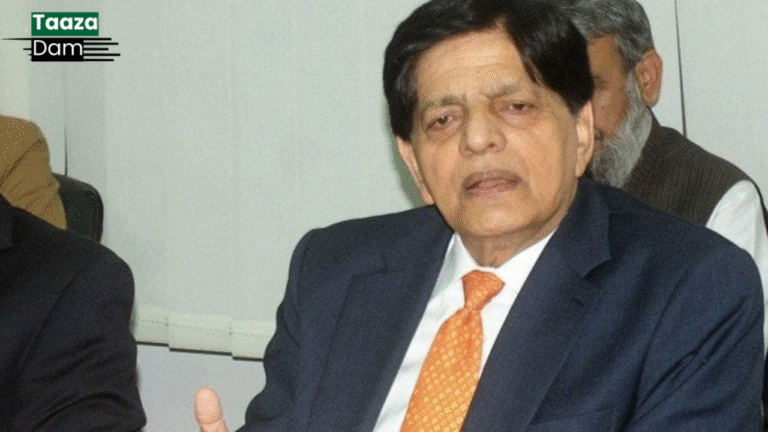Case of Sana Yousaf | What Really Happened?
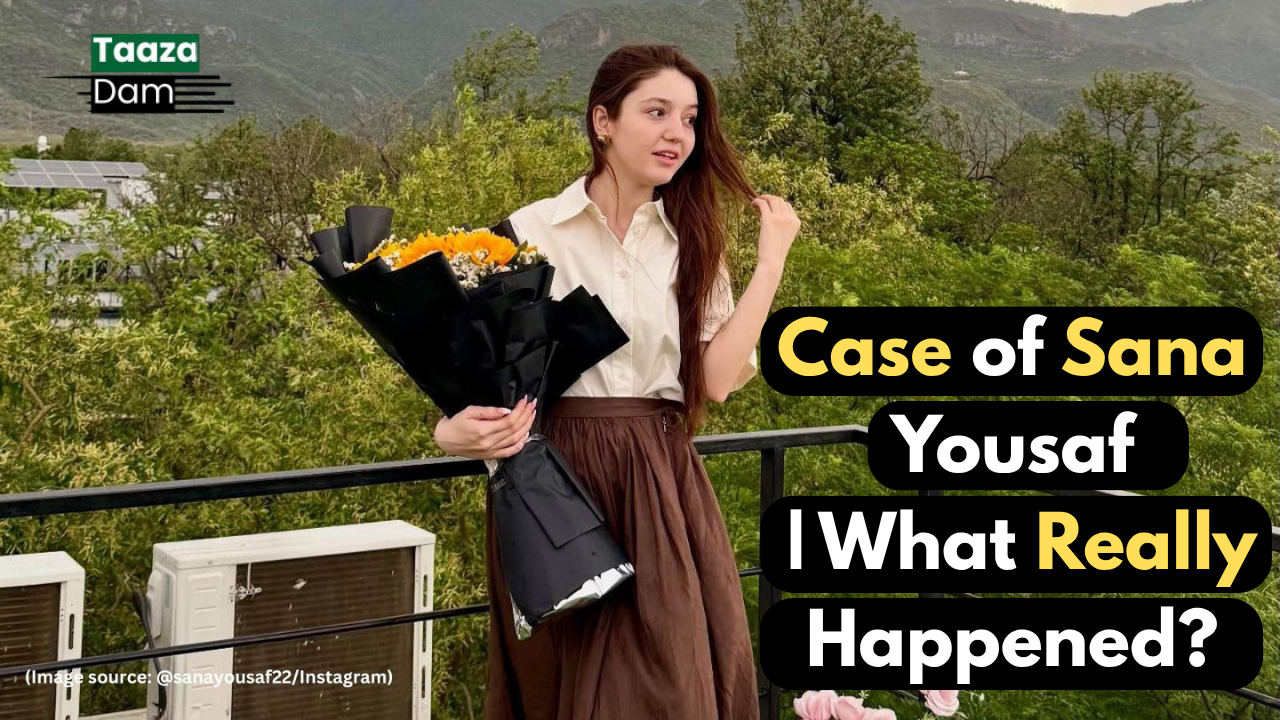
A Shocking Incident in Islamabad
On June 2, 2025, a tragic event shook Pakistan—and soon captured international headlines. A 17-year-old girl named Sana Yousaf was shot and killed in Islamabad, allegedly by a 22-year-old man named Umar Hayat, who has since been characterized as a psychopathic individual. According to his confession, he committed the murder because Sana had repeatedly rejected his advances and refused to be in a relationship with him.
Who Was Sana Yousaf?
Sana hailed from Chitral but was living in a rented upper portion of a house in Sector G-3, Islamabad, while pursuing her first year in medical school. Her TikTok videos portrayed her as a well-mannered, cheerful young woman with no public scandals or controversies attached to her name. She had just celebrated her birthday on May 29, 2025, days before her untimely death.
The Day of the Murder
On June 2, Umar Hayat entered Sana’s residence without alerting anyone. As soon as he saw her, he shot her twice in the chest, killing her on the spot. Initially, media outlets reported this as a straightforward case of obsessive rejection turning deadly. However, the deeper truth unraveled soon after.
The Investigation: A More Complicated Truth
Within 24–48 hours, the police began a formal investigation, and the narrative began to shift. Yes, Umar had been frustrated by rejection, but Sana and Umar had known each other for a long time. Their communication had started on Instagram, and Sana had even invited him to Islamabad at one point.
When she couldn’t meet him, Umar reportedly waited for hours and then left in anger. A few days later, they reconciled, and Sana once again agreed to meet him on June 2.
Umar Hayat: A Profile
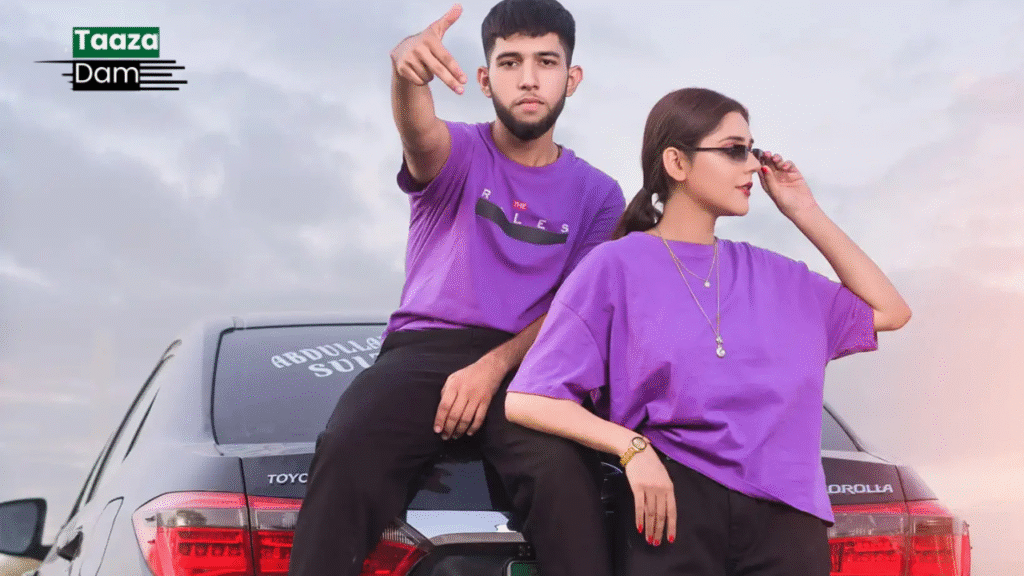
Umar hailed from Jadarmala, Faisalabad, and belonged to a lower-middle-class background. He was jobless, had studied only up to matriculation (10th grade), and was obsessed with projecting a flashy image. He borrowed money to rent luxury cars, staged photoshoots, and flaunted material wealth to impress women. Sana, it turns out, was not his first victim—just one among many.
June 2 Revisited: A Chilling Sequence
On the morning of June 2, Umar once again traveled from Faisalabad to Islamabad, renting a Toyota Fortuner and even hiring a driver. He brought with him several birthday gifts meant for Sana. He waited outside her place, calling her repeatedly from 5:00 AM onward. Sana was asleep and unaware of the calls at first, but once they connected, she kept delaying the meeting, just like before.
By evening, almost 12 hours had passed. Frustrated and emotionally unstable, Umar decided to take action.
The Murder in Detail
Sana’s father was out of town, her brother was in Chitral, and her mother had stepped out to the market. Only Sana and her aunt were home, in separate rooms. Umar, who had prior knowledge of the house’s layout and who was home, used this information to sneak in.
He gained entry through the main gate when a downstairs neighbor forgot to close it, went straight to Sana’s room, and confronted her. She panicked, warned him about CCTV cameras and her aunt being nearby, and asked him to leave. But once again hearing rejection, Umar pulled out a pistol and shot her twice in the chest.
The Aftermath
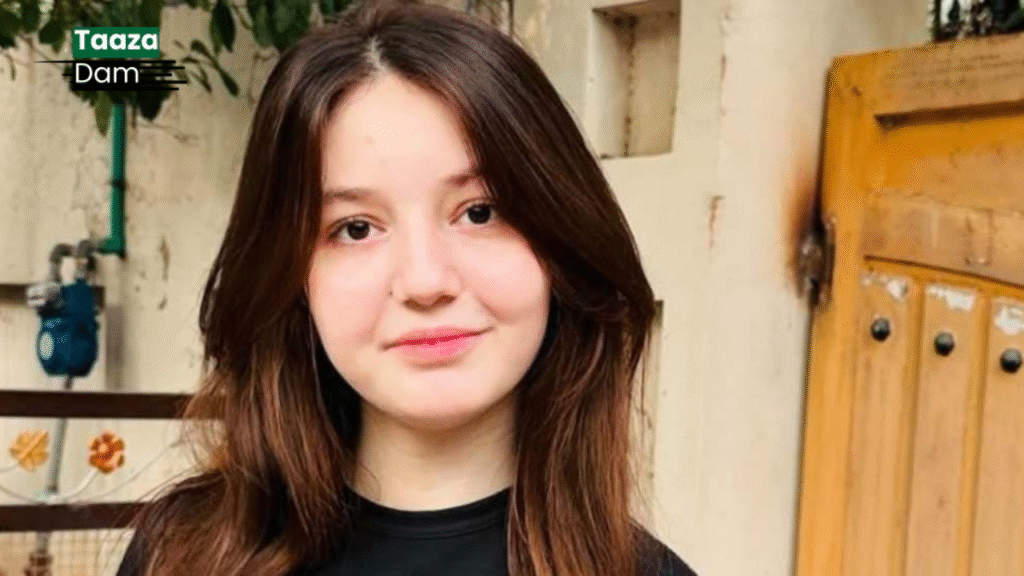
Umar grabbed Sana’s phone and fled. CCTV footage later captured him walking down the street. He switched off her phone during his journey back to Faisalabad, knowing it was the last direct link between him and the crime.
However, the police traced the CCTV recordings, analyzed WhatsApp and phone records, and eventually arrested Umar, who confessed to the crime.
Interestingly, police also found evidence on Sana’s phone that showed this wasn’t just a one-sided obsession or blackmail. Their communications revealed a mutual connection, albeit troubled and uneven.
The Moral Debate: Victim, Society, and Family
While Umar’s actions are indefensible, the tragedy sparked a broader debate on parental responsibility, social media influence, and youth vulnerability. The script raises tough questions:
- Why did Sana not inform her family or the police if Umar was bothering her?
- Why did she continue communication with him, even inviting him back after prior issues?
- Was her freedom on social media misused due to lack of guidance?
The narrator emphasizes that young girls, especially in teenage years, are emotionally vulnerable and need boundaries. He critiques modern parenting for handing over smartphones and social media access without proper education or supervision. In his view, this lack of oversight can lead to situations where naïve individuals fall prey to predators in disguise.
Conclusion: A Societal Wake-Up Call
This isn’t just a case of one girl’s death. It’s a reflection of a dangerous societal pattern—where toxic masculinity, poor mental health, social media influence, and lack of parental guidance combine to produce horrifying outcomes.
The story of Sana Yousaf is a grim reminder that freedom without responsibility, for both genders, in a society already grappling with deep-rooted misogyny and identity crises, can lead to irreversible consequences.

